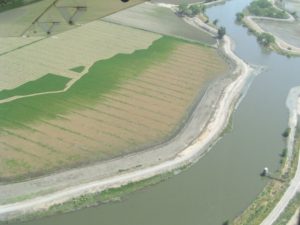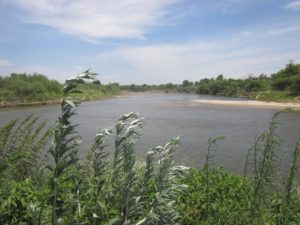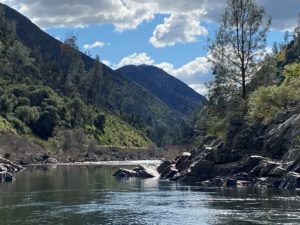 The Early Fall 2020 Edition of the California Sportfishing Protection Alliance Newsletter is out now. The articles found in the newsletter are summarized below by Bill Jennings, CSPA’s Executive Director.
The Early Fall 2020 Edition of the California Sportfishing Protection Alliance Newsletter is out now. The articles found in the newsletter are summarized below by Bill Jennings, CSPA’s Executive Director.
From the Desk of Bill Jennings
I hope each of you have had an opportunity to wet your line, while staying safe and healthy, during the present pandemic. CSPA’s efforts to protect fisheries and water quality have continued unabated.
This edition of the newsletter is a sampling of recent events in our continuing efforts spanning years and decades. These efforts involve extended administrative proceedings, often followed by litigation. For example, the current Don Pedro FERC relicensing must be read in the context that CSPA was heavily involved in hydropower relicensing on the Tuolumne River more than twenty-five years ago. Similarly, Governor Newsom’s Water Resilience Portfolio is only the latest chapter in proceedings that began in the early 1990’s and continued through CalFed, Delta Vision, the Bay-Delta Conservation Plan, and the WaterFix twin tunnels to the current proposed single tunnel Delta Conveyance Project.
We begin this newsletter with our landmark settlement with the State Water Board over a contentious pattern and practice lawsuit that began during the 2013-2015 drought. The settlement will fundamentally change the way the State Board addresses Sacramento River temperature control, temporary change petitions, Fish and Game Code Section 5937 and development of the Bay-Delta Water Quality Control Plan.
Second, we report on the National Marine Fisheries Service’s historic capitulation in a 13-year process to develop a Habitat Conservation Plan (HCP) for the Calaveras River that essentially dewaters the lower 24 miles of the river. CSPA filed Public Trust Complaints in 2000 and 2005 that the State Water Board placed in abeyance pending development of the HCP that will now move forward. Other than CSPA, no other organizations have been minding the Calaveras store.
We then turn to lawsuits against the Federal Energy Regulatory Commission over waivers of Clean Water Act requirements, part of a disturbing national trend. We also relate current activities in the federal relicensing of the Don Pedro and La Grange Dams on the Tuolumne. We report on three recently filed lawsuits: one against the waterboards regarding massive pollutant discharges into the San Joaquin River without necessary permits, the second against the Bureau of Reclamation concerning water transfers, and the third against Interior and Westlands Water District over water service contracts. Finally, we discuss Governor Newsom’s Water Resilience Portfolio that presages the next battle over attempts to divert Sacramento River water into a new reservoir and under the Delta for delivery to Southern California.
There is far too much else to cover in a brief newsletter: for example, scoping comments on the Notice of Preparation of an environmental document for the Delta Conveyance EIR; lawsuits against the Department of Water Resources over long-term contracts and over “validation” for bond funding for the tunnel; an array of Clean Water Act enforcement actions; etc.
I believe it’s accurate to say that, but for CSPA’s involvement, California’s fisheries and water quality would be in considerably worse condition than at present. And we’ve accomplished this on an extremely lean budget, because we don’t accept funds from sources that would limit our efforts to protect fisheries. Since we don’t accept “being reasonable” in lieu of protecting fish, we rely on your donations and memberships. We are deeply appreciative of your continuing support.
In addition to our main website, please be sure to frequently visit our Fisheries Blog on the current state of California fisheries. It’s a great step-by-step tool to get a better grasp from a fish-eye perspective. Cheers!












